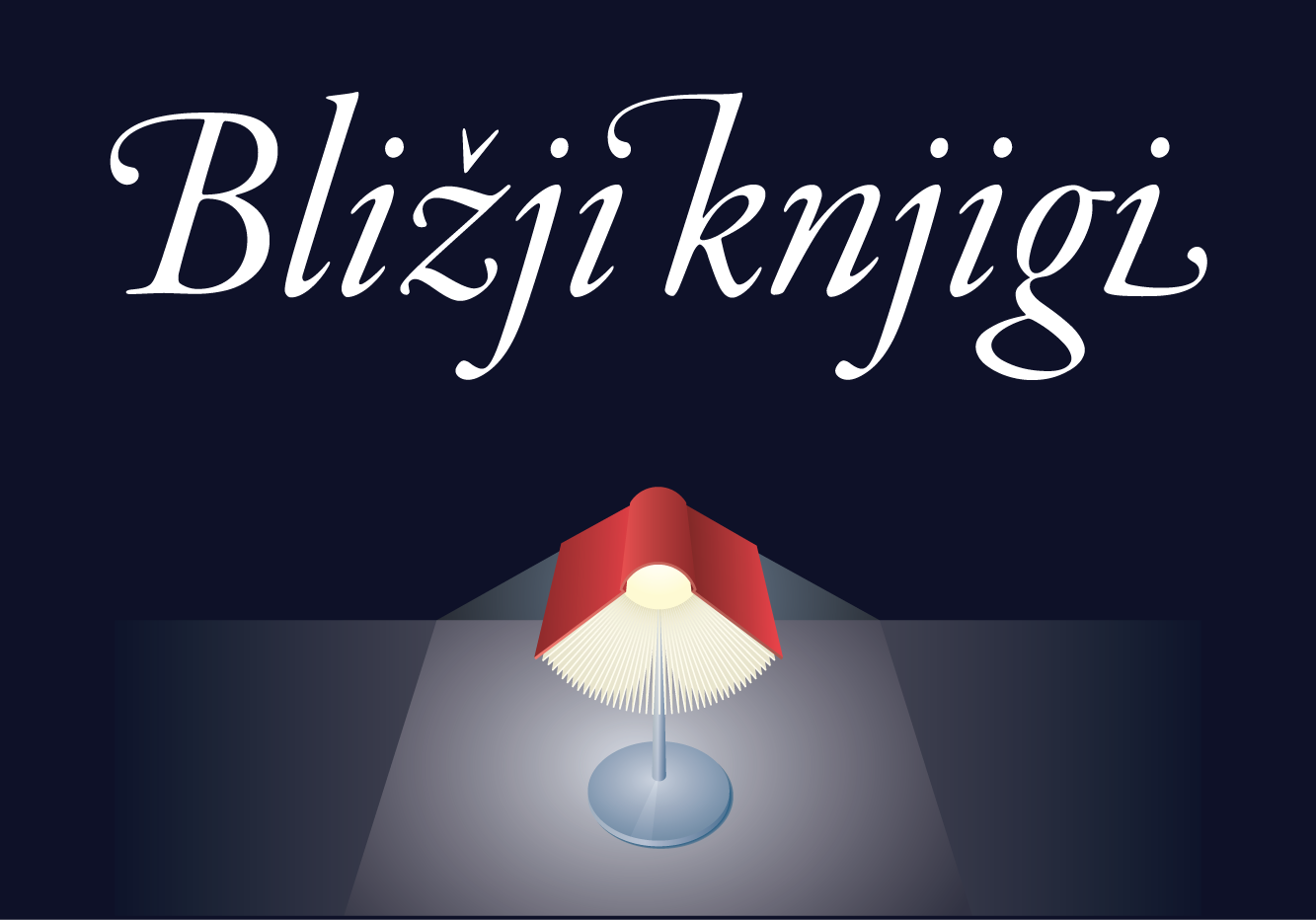
Körper im Dunkeln
- Avtorji Lenko Davorin (avtor), Bolton Ann Catrin (prevajalec)
- Leto izdaje 2016
- COBISS.SI-ID 89719297
- Isbn 978-961-6995-18-4
- Jezik nemški
- Izdaja e-knjiga
- Založba DRUŠTVO SLOVENSKIH PISATELJEV
- Zbirka Litterae Slovenicae
- Kategorije Leposlovje za odrasleProzaRomanidružbeniLiterarne vede, študije
- Cena 12,99 €

Opis
The main character of the novel, or “fragmentary patchwork,” Bodies in the Dark is a writer nicknamed Hank who once wanted to pen a story about someone who had been castrated after having contracted testicular cancer. A few decades later, the writer himself lives out that story. Unable to physically participate in sex, he must redefine his relationship to himself and sexuality. If neither a man nor a woman, what then? He gives himself over to fantasy, peripatetic memories, observing the sex life of his partners, living through the sex life of literary characters, analysis his unusual situation, and visiting a psychotherapist. He himself turns into the main and sole theme of his story. He speaks of himself through fragmented passages in various means of discourse: quotations, dialogues, interviews, autopoetic reflections, allusions to music, movies and other (pop)cultural references. The protagonist exists only as metafictional hero in a meta-world, who says of himself that he has become a “walking and breathing quotation on two legs.” “New postmodernism” and sex for the gourmet. The book is an impressive novel. Lenko has opened a new chapter in Slovenian novel writing in at least two regards. To my knowledge, Slovenia has not yet had a prose fiction text that has so saucily explored relatively taboo forms of sexual practices but which at the same time has deftly avoided slipping into pornography or displaying various “excessiveness” and “despicable aspects” solely for the sake of such showing – that is, out of some sort of voyeuristic pleasure. And this novel is also the first Slovenian book to have internalized theoretical preconditions to the extent that we can read it as literarized theory – and this is only one dimension of this multi-dimensional text.”






